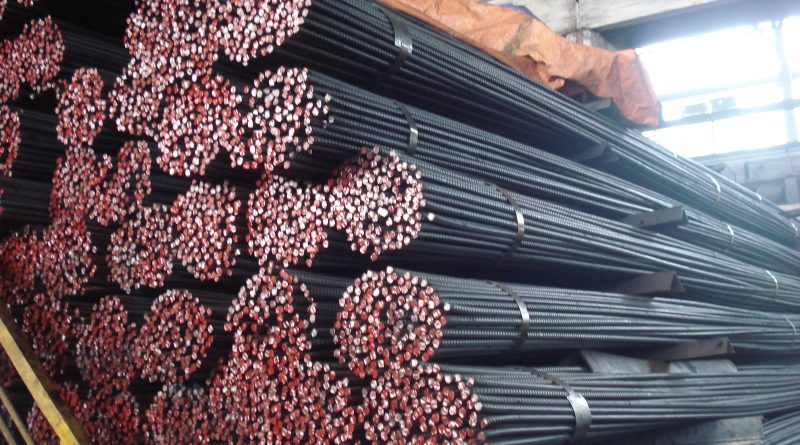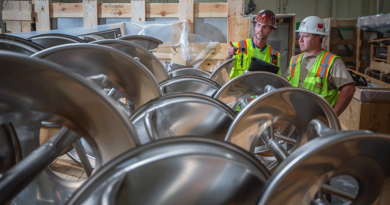Steel trade protection planned
The Ministry of Industry and Trade is planning to take trade protection measures against cheap and sub-standard steel products imported from abroad, in line with international trade rules.
In the draft planning of steel production to 2025, with a vision to 2035, which has been circulated for opinions, the ministry said it would build technical barriers to prevent the import of steel products the origins of which are not regulated in international commitments that Việt Nam has signed.
The planning’s purpose is to promote the sustainable development of the steel sector, ensure environmental protection and help protect Vietnamese steel makers from unfair competition.
According to Nguyễn Văn Sưa, deputy chairman of the Việt Nam Steel Association (VSA), steel imports, especially cheap steel products from China, are still flooding the Vietnamese market, mostly in the forms of scrap steel or semi-finished products.
As of October, Việt Nam imported 15.8 million tonnes of steel and iron, worth US$6.62 billion, of which Chinese steel and iron accounted for 60 per cent.
Sưa said cheap Chinese steel was a threat not only to Vietnamese steel producers but also those in ASEAN countries and the world.
To prevent Chinese steel exporters from taking advantages of the loophole in Vietnamese laws to evade taxes, authorities must set clear standards of steel import products.
He gave an example that by adding a few other metal elements, Chinese makers can easily turn pure steel into alloy steel to enjoy 0 per cent import tax.
Surge in local sales, exports
The VSA report shows that steel exports and domestic consumption continued rising in the last months of the year.
Specifically, export of locally-made steel products in November reached 256,000 tonnes, up 61.7 per cent from a year earlier and 23.1 per cent from October’s level.
Domestic steel consumption in November amounted to 1.46 million tonnes, representing a year-on-year surge of 36 per cent and a month-on-month rise of 18.5 per cent.
The association also reported that from January to November, its member steel makers produced a total 15.5 million tonnes, up 20 per cent compared to the same period last year.
Meanwhile, local sales and exports of steel products in the 11 months went up strongly by 27 per cent and 47 per cent, to attain 13.4 million tonnes and 2.46 million tonnes, respectively.
Sưa attributed the surge to construction projects speeding up their progress by the end of the year.
As estimated by the ministry, domestic steel consumption could reach 27 million tonnes by 2020 and 46 million tonnes by 2030.
Currently, total capacity of steel production factories nationwide is 24.8 million tonnes per year. The ministry projected the figure would rise to 40 million tonnes per year in the 2016-20 period with the operation of some new projects.
Source: VNS







